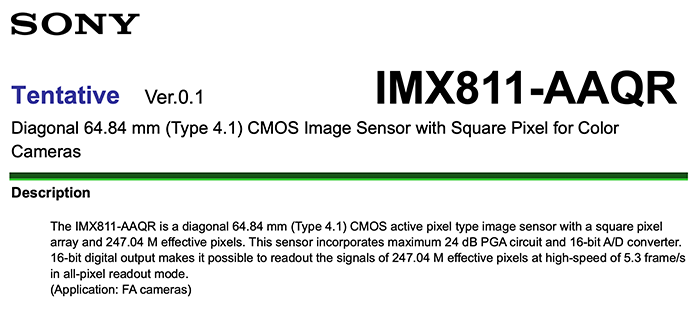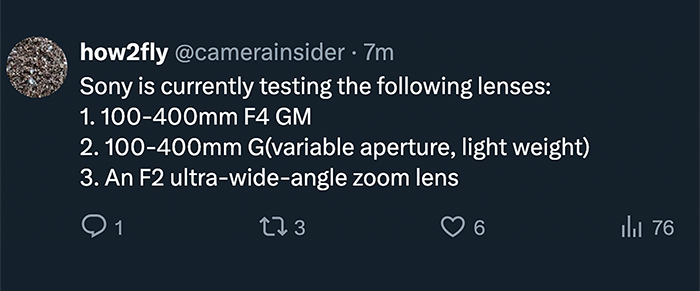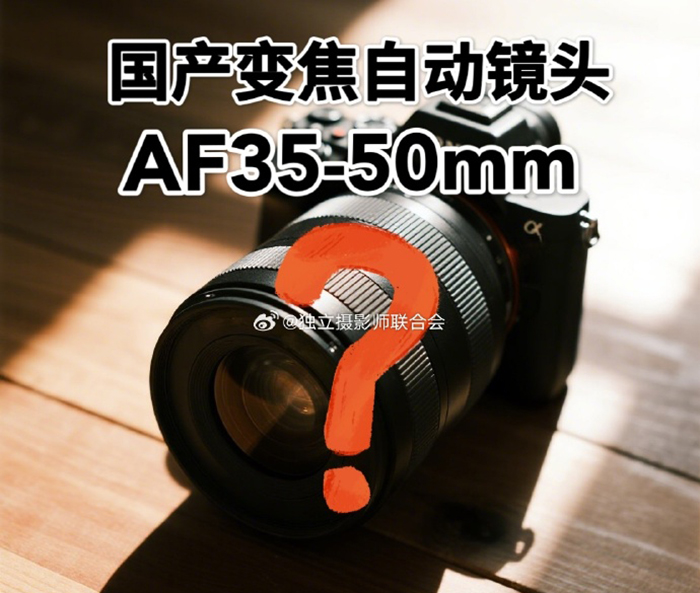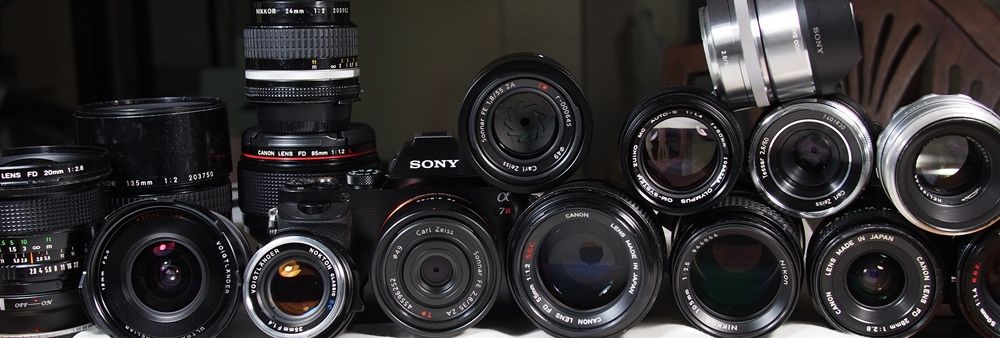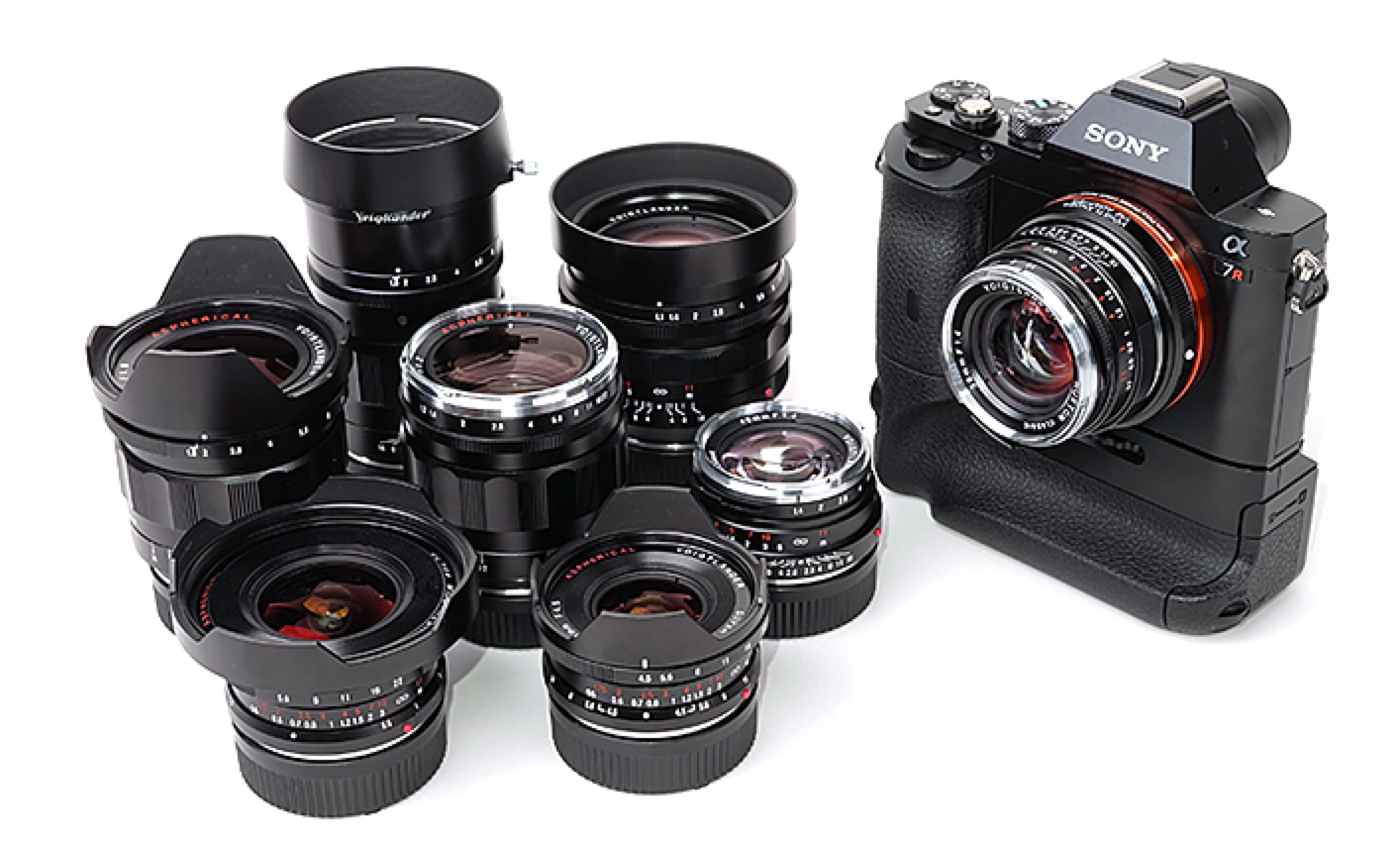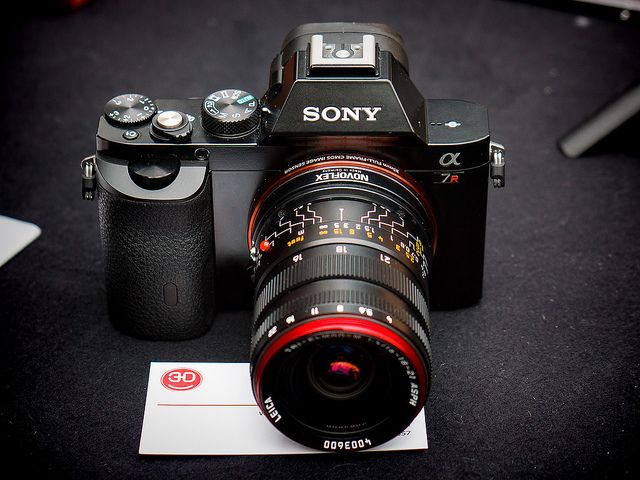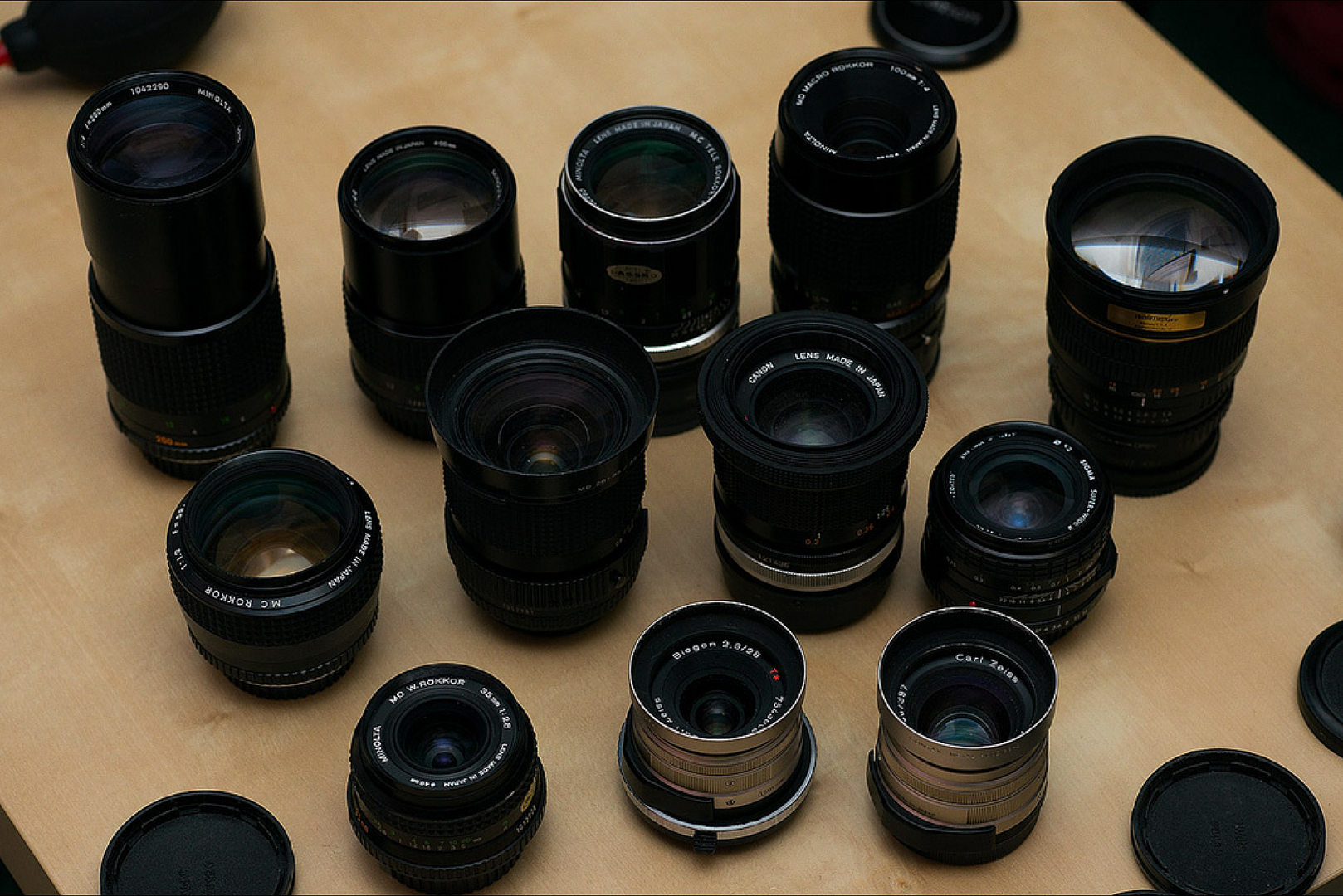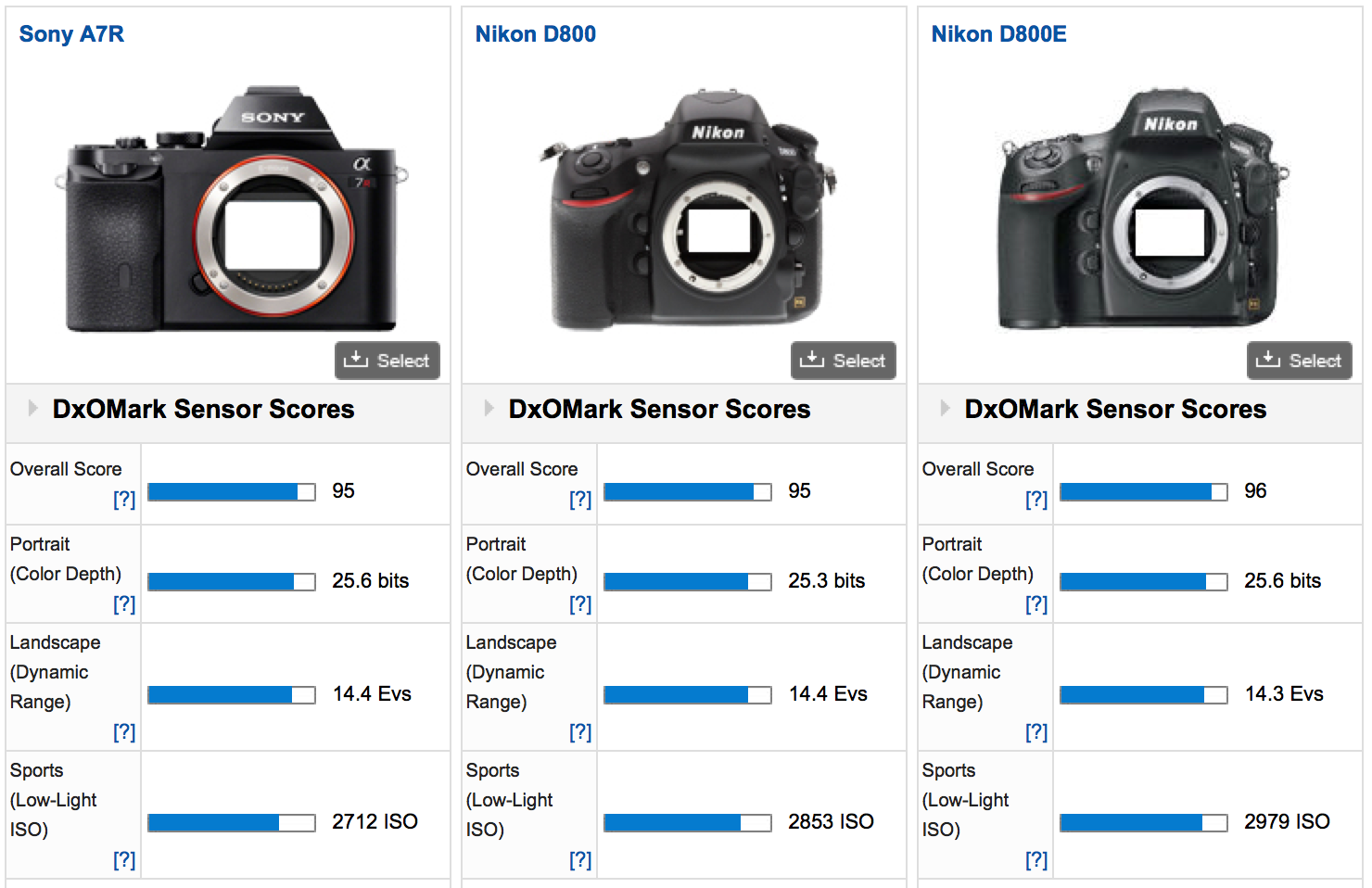Full A7-A7r manual online. One minute review by Chase Jarvis and other tests.
The full English A7-A7r user manual can now be downloaded here: http://download.sony-asia.com/consumer/IM/4478729112.pdf
And here are some more A7-A7r news:
The well known blogger and photogrpaher Chase Jarvis (Click here) wrote a one minute review of the new A7-A7r cameras: “The shallow depth of field on the 2.8 lens is dreamy. Getting a nice shallow depth of field in a camera this compact feels like cheating.”
A7R-LA-EA4 and minolta 100mm F2.8 MACRO at Dyxum. Image samples by SLRlounge. Sony Alpha 7 with Canon TSE lenses test at Professionele Fotografie Magazine. Sony A7 at 12.8000 ISO at Thodorismarkou. High ISO A7r image samples at Dyxum. Sony A7r with Leica 40/2 Summicron-C, ZF 35/1.4 and CV 40/2 at Fredmiranda.
—
Specs and Preorders in US and Canada (Click on store name to see direct preorder page):
Dedicated Sony announcement page at Amazon US (Click here).
Sony A7r body at Amazon, Adorama, BHphoto, SonystoreUS. TheCameraStore Canada.
Sony A7 body at Amazon, Adorama, BHphoto, SonystoreUS. TheCameraStore Canada.
Sony A7 with 28-70mm kit lens at Amazon, Adorama, BHphoto, SonystoreUS. TheCameraStore Canada.
Sony RX10 at Amazon, Adorama, BHphoto, SonystoreUS.
Zeiss 24-70mm at Amazon, Adorama, BHphoto, SonystoreUS.
Zeiss 35mm at Amazon, Adorama, BHphoto, SonystoreUS.
Zeiss 55mm at Amazon, Adorama, BHphoto, SonystoreUS.
70-200mm A-mount at Amazon, Adorama, BHphoto, SonystoreUS.
Sony A-Mount to E-Mount Lens Adapter at Amazon, Adorama, BHphoto.
Sony A to E adapter with mirror at Amazon, Adorama, BHphoto.
A7/A7r leather case at Amazon, Adorama, BHphoto, SonystoreUS.
A7/A7r vertical grip at Amazon, BHphoto, SonystoreUS.
Sony W Series Battery Charger at Amazon, BHphoto.
Sony FA-CS1M Off-Camera Shoe at BHphoto.
Semi-Hard LCD Screen Protector for A7-A7r at Amazon, BHphoto.
Specs and Preorders in Europe:
Sony A7r body at Sony DE, UK, FR, IT, ES, NL, BE, CH, AT, SE, FI, NO, PT, WexUK, WexDE.
Sony A7 body at Sony DE, UK, FR, IT, ES, NL, BE, CH, AT, SE, FI, NO, PT, WexUK, WexDE, Amazon UK, Amazon DE, Amazon FR.
Sony A7 with 28-70mm kit Sony DE, UK, FR, IT, ES, NL, BE, CH, AT, SE, FI, NO, PT, WexUK, WexDE, Amazon UK, Amazon DE, Amazon FR.
Sony RX10 at Sony DE, UK, FR, IT, ES, NL, BE, CH, AT, SE, FI, NO, PT, WexUK, WexDE.
Zeiss 35mm at Sony DE, UK, FR, IT, ES, NL, BE, CH, AT, SE, FI, NO, PT,
Zeiss 55mm at Sony DE, UK, FR, IT, ES, NL, BE, CH, AT, SE, FI, NO, PT
Zeiss 24-70mm at Sony DE, UK, FR, IT, ES, NL, BE, SE, PT
Asia:
A7r at Digitalrev.
A7 at Digitalrev, Amazon Cina.
A7 with 28-70mm lens at Digitalrev.
